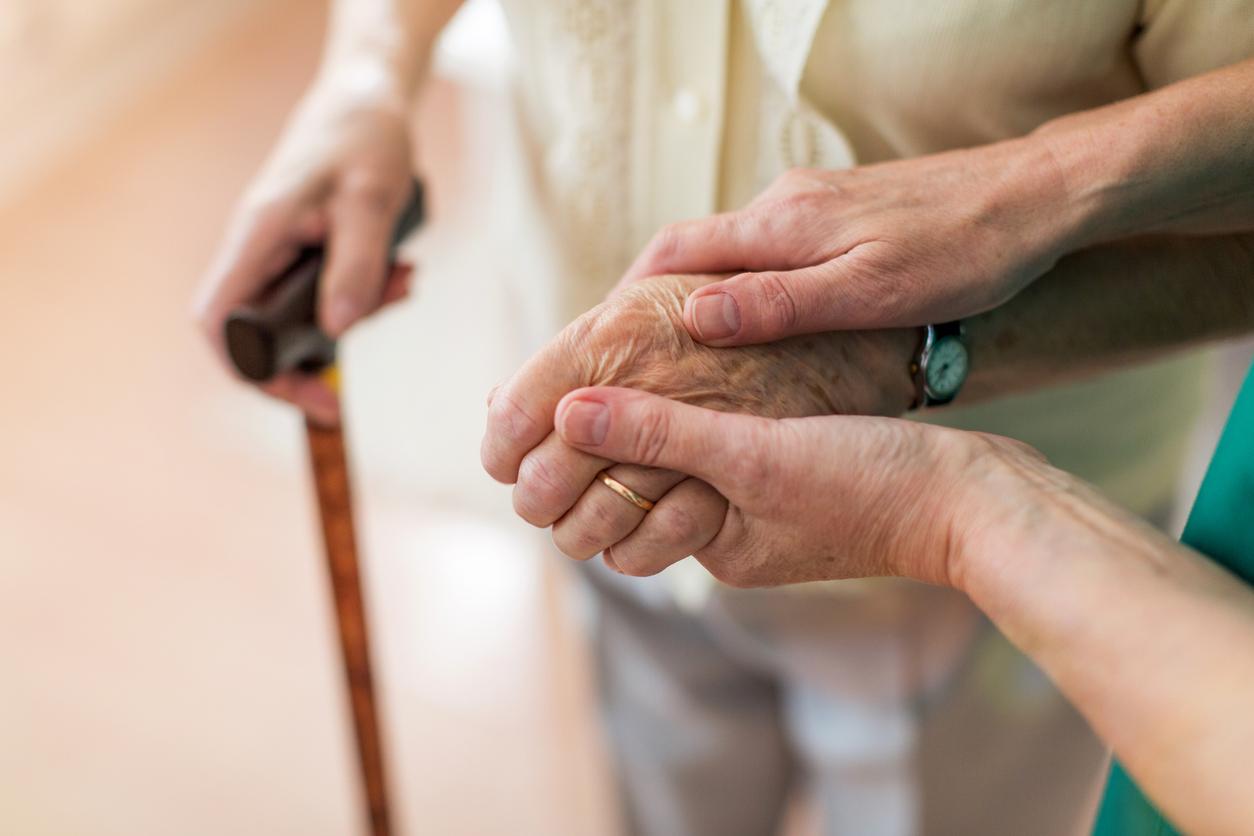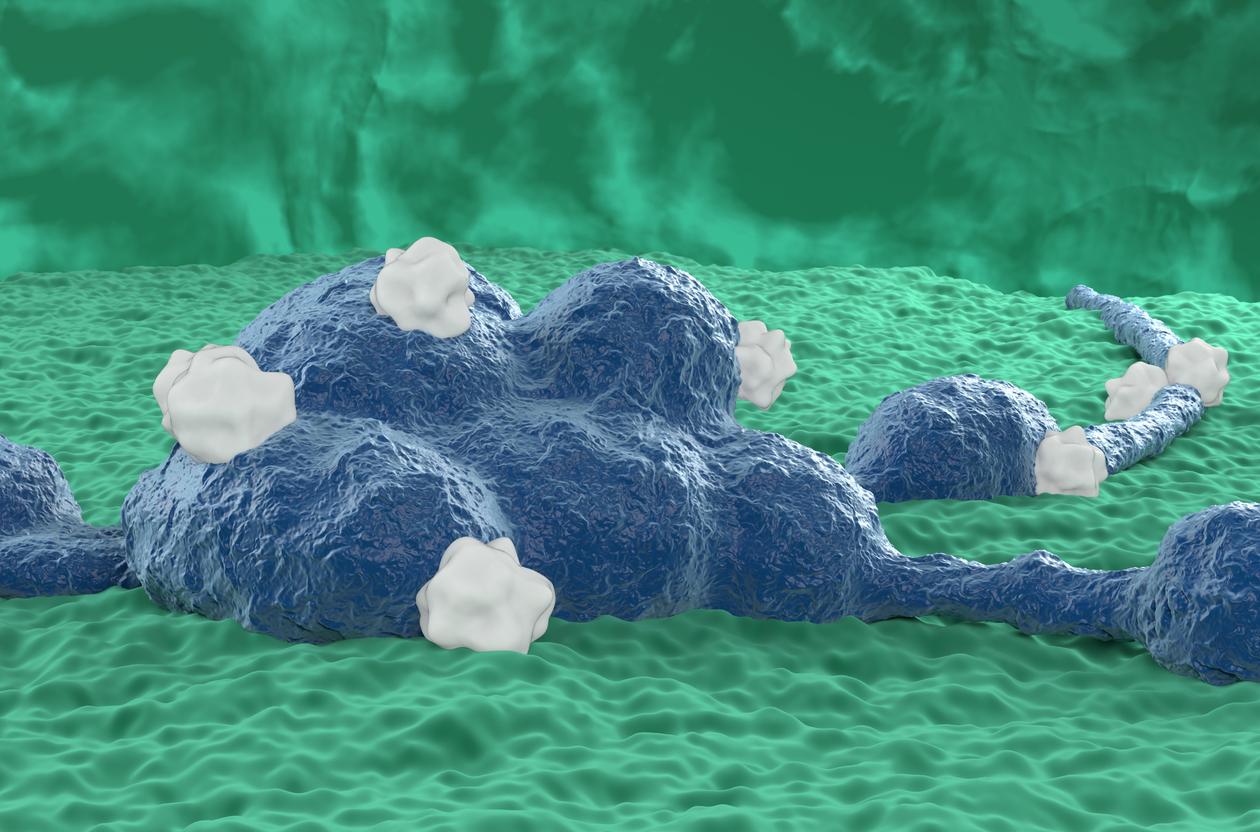By combining two molecules, Inserm researchers are trying to find a new way to prevent transplant rejection. The experiment was carried out on mice as part of a skin graft.

Discoveries are advancing in the field of transplantation. Indeed, Inserm researchers may have found the solution to transplant organs or tissues without this implying rejection, thanks to the combination of two molecules already authorized on the market. Tested in mice, the experiment gave promising results, since no sign of rejection was observed during the 30 days following the transplant. Their work is published in the journal American Journal of Transplantation.
An alternative to immunosuppressive drugs
Organ transplants are sometimes necessary for the survival of a human being. But unfortunately, sometimes it is rejected by the body, when it comes from a donor. Indeed, the immune system is programmed to detect the presence of a “foreign body” and protect its body against this “invasion”. To remedy this problem, doctors administer immunosuppressive drugs which, as the name suggests, have the effect of lowering the immune system’s defenses and therefore promoting engraftment. But, there again, the solution is not ideal since the immune defenses are impoverished and consequently the organism becomes vulnerable, and therefore more prone to infections. Moreover, these treatments administered over the long term are toxic (particularly for the kidney whether it is transplanted or not) and can even induce cancer.
In this context, the study by Inserm researchers is of dual interest: “Our experience consists of both slowing down the immune system in the context of transplantation by limiting the toxic effects of conventional immunosuppressants”, explains Professor Cohen. , lead author of the study.
A molecule already used against cancer
In this study, Inserm researchers looked at a molecule from the cytokine family called interleukin (IL-2). Commonly used in high doses to treat certain resistant types of cancer, this drug puts a strong strain on the immune system and at the same time acts on tumors. But in 2010, researcher Eliane Piaggio, co-author of the study, initially realized that prescribed in small doses, the consequences of treatment are reversed. Thus, the immune defenses decrease which can make it possible to prevent type 1 diabetes, a so-called “autoimmune” disease in which the immune system turns against the patient instead of protecting him from external agents.
It therefore remained to be tested whether the same strategy could be applied in transplant rejections. This is where the team of Prof. José Cohen and Prof. Philippe Grimpert comes in. Indeed, by associating IL-2 with rapamycin, an immunosuppressive molecule already used for transplants which allows the action of T lymphocytes, effector cells of the immune system, to be frozen, the researchers have succeeded in considerably delaying rejection. “Conventional immunosuppressants have strong toxicities, especially for the kidneys. This is not the case with IL-2 and rapamycin, when they are combined,” underlines Professor Cohen. “Skin grafting in mice is the most difficult experimental model to control,” explains Prof Cohen. A good thing according to the researcher. “As the saying goes, who can do more can do less. And in our experience, the mice show no sign of rejection at a time when we know that usually this rejection occurs within 10 days, ”says the latter.
Preclinical trials will soon be carried out in pigs. “If the results are positive, the next step will be to test this therapeutic approach in humans,” announces Professor Cohen, who estimates this waiting period at around one or two years, depending on the funding his team will receive. If the results on humans prove convincing, the researchers plan to extend this therapeutic treatment to all organ transplants.
Check the healing process. Some items still require a preflight check. “The early use of rapamycin can induce healing problems. We must therefore determine whether or not administering rapamycin during or immediately after the transplant will interfere with the healing process, ”tempers Prof Cohen. The use of IL-2 is currently being tested on bone marrow transplants in the context of two clinical trials carried out in parallel with the study by Inserm researchers.
According to the Federation of Associations for Organ and Human Tissue Donation, more than 5,000 transplants were performed in France in 2013 (kidney, lung, liver, pancreas, heart, intestine).
.

















